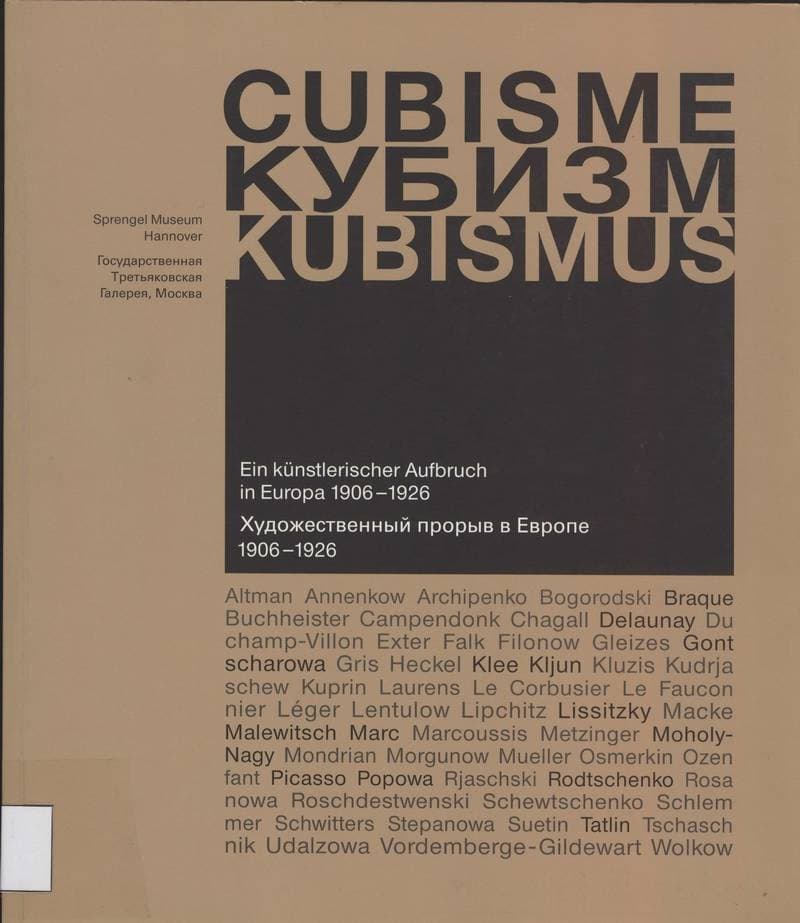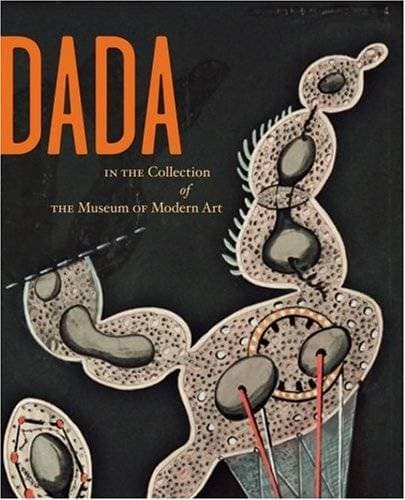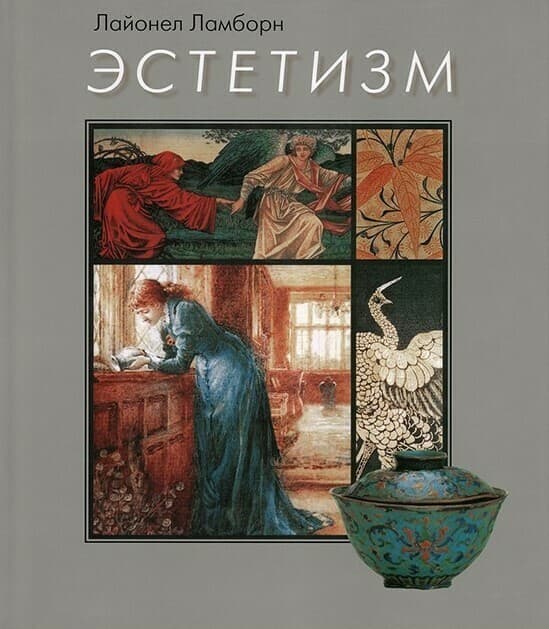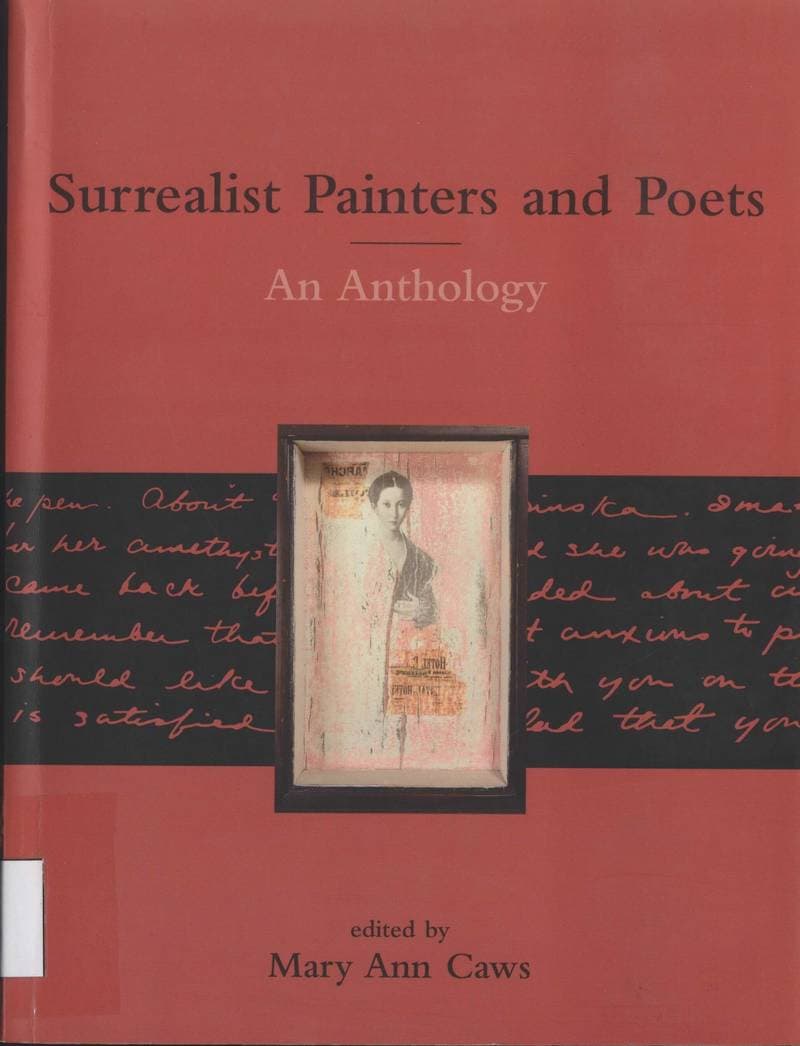Baroness Elsa: Gender, Dada, and Everyday Modernity — A Cultural Biography
Книга временно перемещена в раздел “Книжные подборки друзей Музея ‘Гараж’” (стеллаж № 42).
Elsa von Freytag‑Loringhoven (1874–1927) is considered by many to be the first American dadaist as well as the mother of dada. An innovator in poetic form and an early creator of junk sculpture, “the Baroness” was best known for her sexually charged, often controversial performances. Some thought her merely crazed, others thought her a genius. The editor Margaret Anderson called her “perhaps the only figure of our generation who deserves the epithet extraordinary”. Yet despite her great notoriety and influence, until recently her story and work have been little known outside the circle of modernist scholars. In Baroness Elsa, Irene Gammel traces the extraordinary life and work of this daring woman, viewing her in the context of female dada and the historical battles fought by women in the early twentieth century. Striding through the streets of Berlin, Munich, New York, and Paris wearing such adornments as a tomato‑soup can bra, teaspoon earrings, and black lipstick, the Baroness erased the boundaries between life and art, between the everyday and the outrageous, between the creative and the dangerous. Her art objects were precursors to dada objects of the teens and twenties, her sound and visual poetry were far more daring than those of the male modernists of her time, and her performances prefigured feminist body art and performance art by nearly half a century.
Details
Cambridge
2003
535 pages
0262072319
Available on request
Yes
Yes
709.040 Dad
1
- Место встречи: Париж/ Meeting Place: Paris2011
- Символизм в изобразительном искусстве: Франция и Бельгия, 1870–19001994
- History of the Surrealist Movement2004
- Кубизм: художественный прорыв в Европе 1906–1926 / Kubismus: Ein kunstlerischer Aufbruch in Europa 1906–19262003
- Cubism2010
- Dada in the collection of the Museum of Modern Art2008
- Fauvism1996
- Surrealist Art2012
- Эстетизм2007
- Surrealism2004
- Inventing Futurism: The Art and Politics of Artificial Optimism2009
- The Bauhaus Idea and Bauhaus Politics1995












